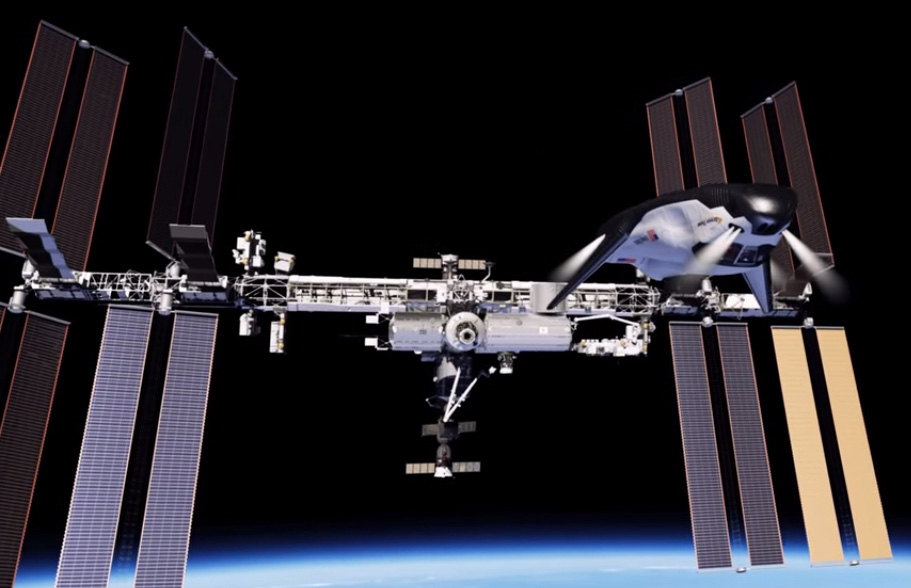
By amassing “global partnerships with 21 space agencies,” the private Dream Chaser space plane has a solid foundation and “a path to continue” forward, Mark Sirangelo, corporate vice president of Sierra Nevada Corporation (SNC) Space Systems, told AmericaSpace in Part 4 of our exclusive, one-on-one interview about the company’s efforts to build a cost-effective and potentially international version of their “astronaut taxi” to the International Space Station (ISS), as well as multiple exciting missions beyond!
“We have 21 space agencies that have a connection to the program now, which is pretty incredible,” Sirangelo stated. “We have a path with these other relationships to continue.”
“A European or Japanese version of Dream Chaser is possible in the future.”
Dream Chaser’s inaugural launch atop an Atlas V rocket from Florida is slated for November 2016 on an unmanned orbital test flight. Furthermore, SNC has already begun building the orbital vehicle and has purchased the rocket.
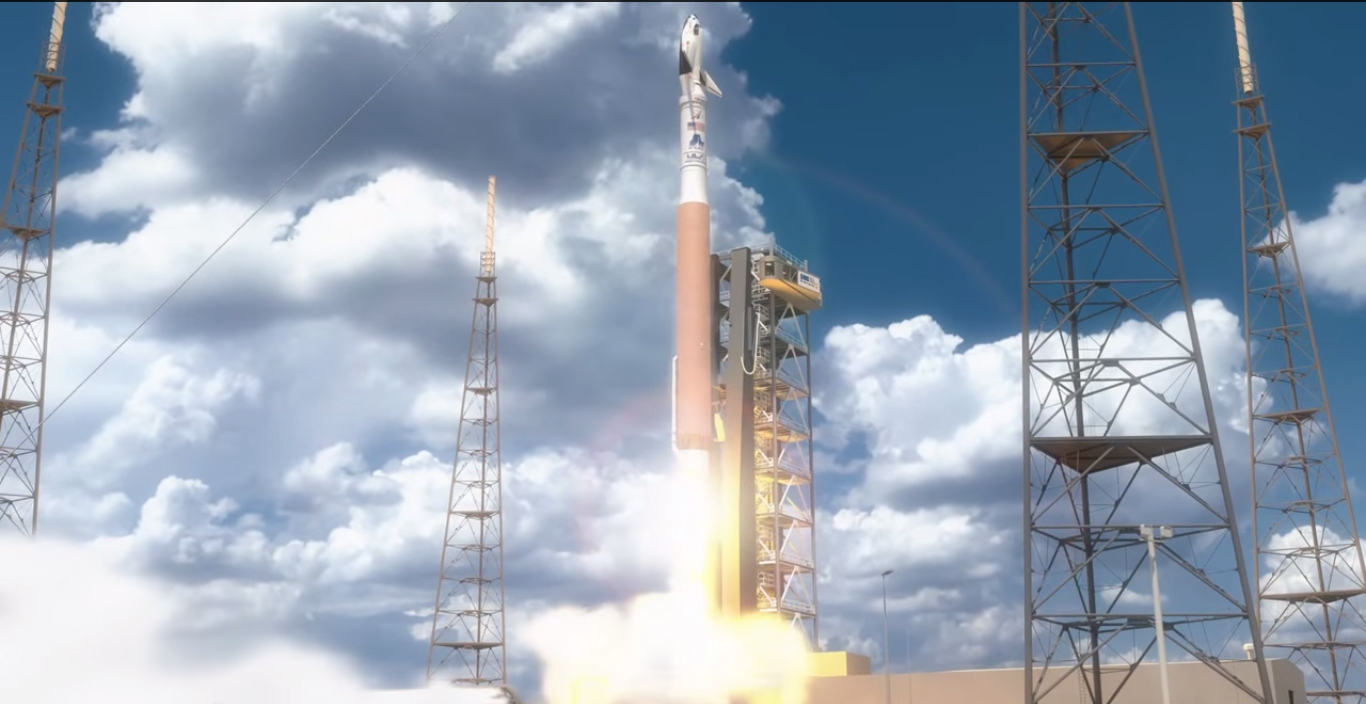
Over the past months SNC has laid the foundation for a global expansion through a series of agreements with new international partners, including ESA (European Space Agency), DLR (German Aerospace Agency), and JAXA (Japanese Aerospace and Exploration Agency).
SNC has used NASA’s ISS model as the basis for how to build effective global partnerships, and those global space agencies also need to find new ways to pay NASA for maintaining their ISS funding commitments into the future, since its longevity was recently extended to at least 2024.
And the international partners may in fact also hold the key to paving the path forward for the Dream Chaser program, regardless of the outcome of NASA’s imminent and momentous downselect decision concerning who wins the contract to build the private “space taxis” aimed at restarting manned blastoffs from U.S. launch pads.
Part 3 of the Mark Sirangelo interview concluded with these questions: What happens to Dream Chaser if Sierra Nevada does not receive the CCtCAP commercial crew contract from NASA? Do you go ahead anyway or stop?
“We have all the elements to be able to go ahead. Whether we go ahead is a matter of whether there is a business case for it. We can’t say at this time,” Sirangelo replied.
“NASA is an important part of this. But we have been laying the foundation with other relationships as well.”
Here’s how: Europe and Japan can contribute money, technology, launchers, and even new variants of the Dream Chaser that could be critical not just to the vehicle’s viability, but also to the very survival of the ISS itself, as well as opening up an array of entirely new mission concepts for science and exploration.
“We are trying to help these global space agencies, help ourselves and also give NASA support for maintaining the ISS as long as possible,” Sirangelo elaborated.
“Dream Chaser is not just designed for the ISS mission. There are multiple uses of the Dream Chaser beyond the ISS.”
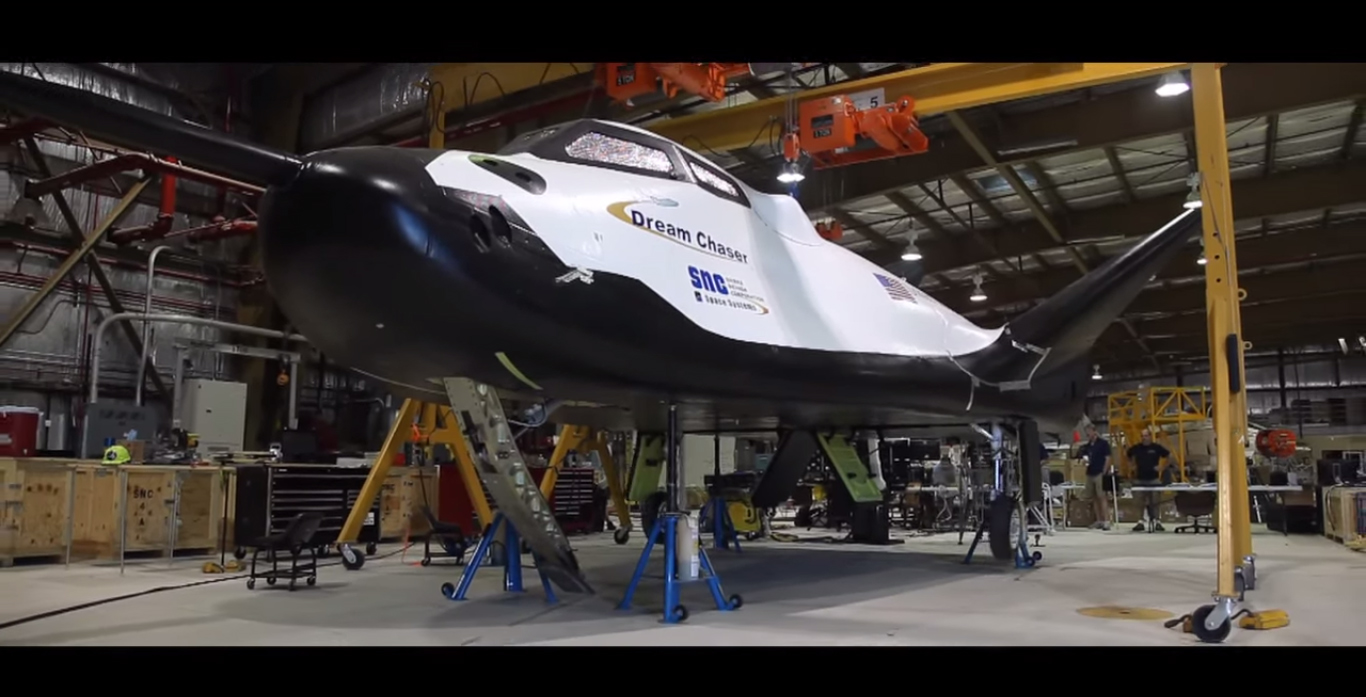
Dream Chaser is a winged, manned space plane being developed by SNC to restore America’s capability to ferry American astronauts from American soil to low-Earth orbit and the International Space Station (ISS)—with funding from NASA’s Commercial Crew Integrated Capability initiative (CCiCAP) under the auspices of the agency’s commercial crew program.
Three American aerospace firms—Sierra Nevada with Dream Chaser, Boeing with CST-100, and SpaceX with Dragon V2—are vying for NASA’s multi-billion dollar contracts to build private sector manned spaceships to fly astronauts to the space station by late 2017, using seed money from NASA’s Commercial Crew Program (CCP) in a public/private partnership.
NASA’s Commercial Crew Program office is expected to announce the winner(s) of the high stakes contract to build America’s next crew vehicles in the next program phase, known as Commercial Crew Transportation Capability (CCtCap), “sometime around the end of August/September,” NASA News spokesman Allard Beutel reconfirmed.
The first “orbital test flight on a fully autonomous mission in November 2016” will be followed by the launch of the first manned Dream Chaser before the end of 2017, under NASA’s current timetable, Sirangelo said.
“All the elements are there and are tangible and touchable, not theoretical,” Sirangelo stated.
Dream Chaser is a reusable lifting-body design spaceship that will carry a mix of cargo and up to a seven crew members to the ISS. It will also be able to land on commercial runways anywhere in the world.
So let’s talk about SNC’s interesting and ambitious Dream Chaser plans for international cooperation with ESA (European Space Agency), DLR (German Aerospace Agency), and the Japanese Aerospace and Exploration Agency (JAXA), which appears to have exciting possibilities in multiple arenas. What can they provide for Dream Chaser?
“We are very fortunate in that we now actually have 21 space agencies that have a connection to the program, which is pretty incredible. They are direct relationships.”
“Up to this time ESA and JAXA had mostly worked through their own companies in their own countries or directly with NASA.”
“So what we realized is that NASA had done an extraordinary job building a global partnership around the ISS. Part of that was reliant on their (ESA & JAXA) ability to get flights for their astronauts on the shuttle through a barter system where they could do work on the shuttle or provide cargo vehicles for the ISS like with the Japanese HTV and European ATV.”
“But as you look to the future that becomes a little more problematical because the ATV is no longer flying, the HTV is winding down and there are no more barter seats on the shuttle.”
“So we said to ourselves why don’t we see if we can go out to these agencies and see if they would be interested in keeping that spirit alive doing work in LEO, but by working with us in a partnership instead of directly with NASA.”
“It turned out to be a pretty good idea. They are all interested in maintaining going to LEO for their people and technology. But they didn’t have an easy way to do that. So we can provide that conduit [with Dream Chaser].”
“This would also keep their interest in the ISS going. And those agencies contribute a substantial amount of money to the future of the ISS. But if they don’t have local interest in doing that, it becomes harder for them to make those contributions.”
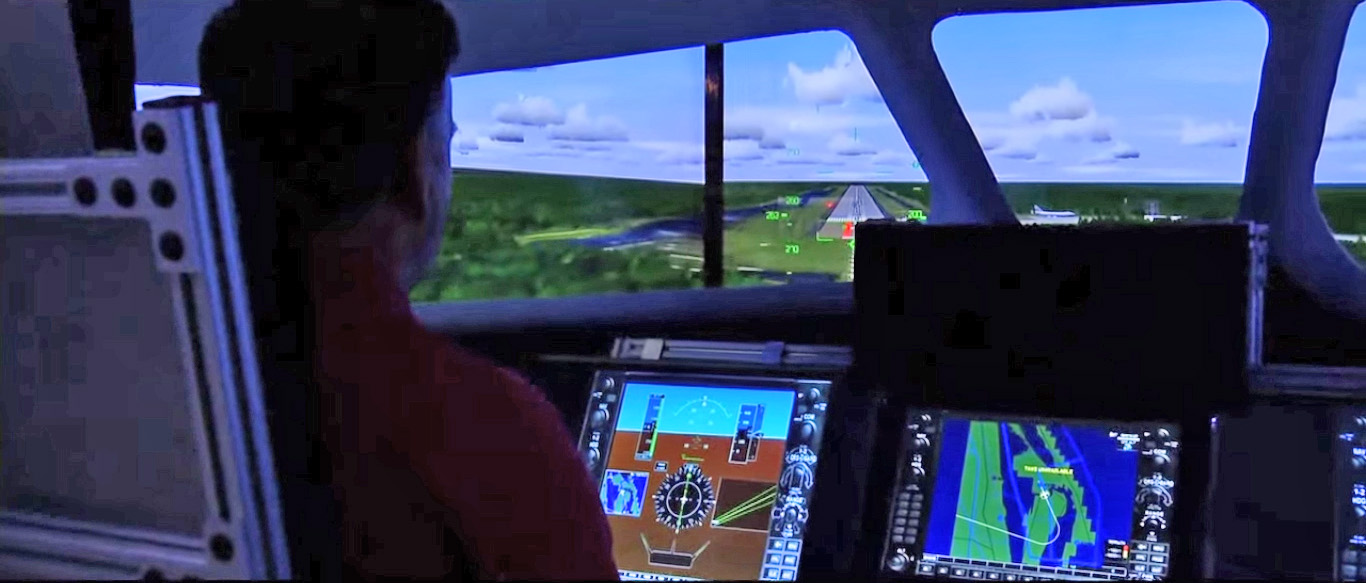
So SNC has methodically laid the foundation to the vehicle’s future construction, operation, and expanding capabilities by organizing a global team of diverse entities to manufacture and launch the winged space plane both inside and outside the U.S. that will have far-reaching implications for those countries and the ISS, not just SNC.
Former Astronaut Frank Culbertson, who now leads Orbital Sciences Antares/Cygnus program of ISS resupply missions, said in an interview that he “hopes the ISS could operate until 2050,” if it is maintained.
“So what we are trying to do is help these global space agencies, help ourselves and also give NASA support for maintaining the ISS as long as possible,” Sirangelo said.
“So that was the goal and its working out in that way.”
Explain what they offer to Dream Chaser. And are there possibilities beyond the ISS?
“In each of the countries, we are looking at their existing technologies and seeing if there is a way to incorporate them into our design.”
“There are multiple uses of the Dream Chaser.”
“Dream Chaser is not just designed for the ISS mission. It could be a repair mission or an independent laboratory [flying in orbit]. It could be a servicing mission or construction vehicle to help build things.”
“And in each of those different variants there are possibilities to bring on the technologies and expertise that are global. Much like Japan and Europe built modules for the ISS, and they have a lot of expertise on how to do that.”
“For example we need to learn how to change the inside of the Dream Chaser into a working laboratory.”
“Europe had a long standing history with lifting bodies. So having the benefit of their research in our program makes us smarter and better.”
“And we have room for a seven member crew on our vehicle. So if we have an extra seat or two we might be able to provide flight opportunities to these countries that is consistent to what the shuttle did.”
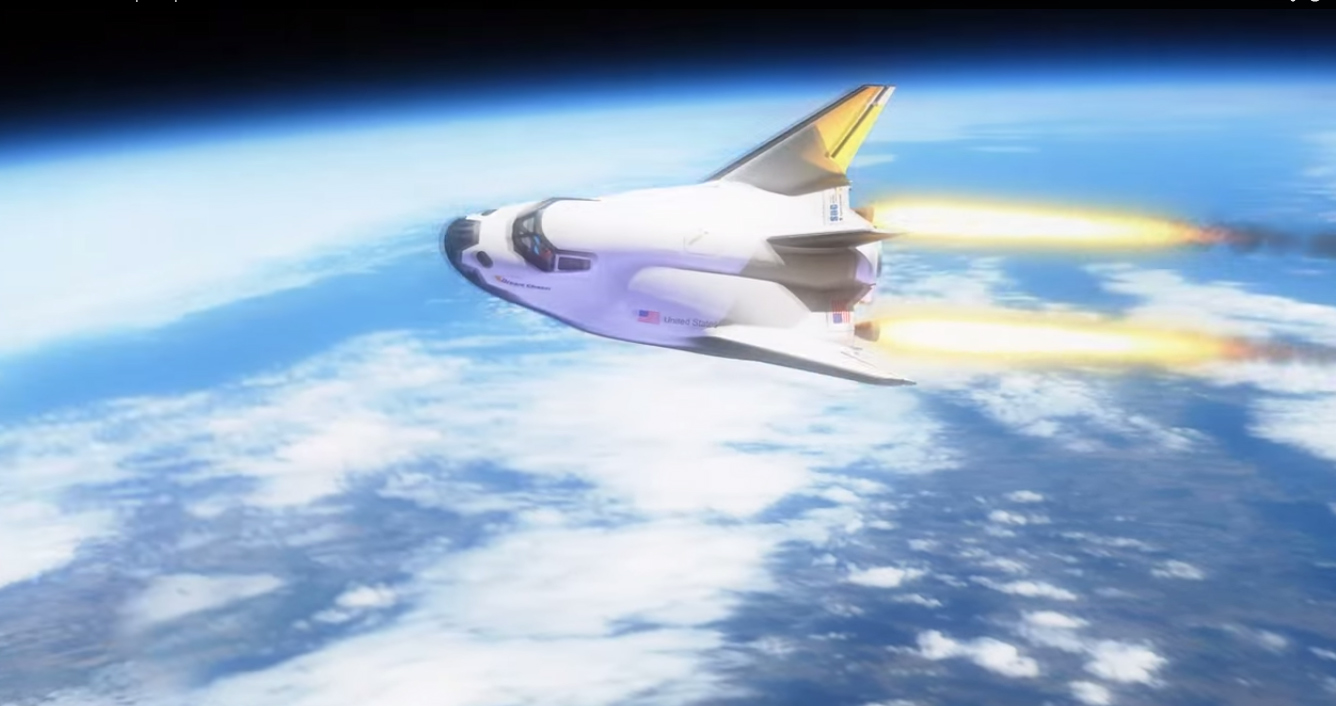
Explain how they can contribute if you already have Dream Chaser designed, for the most part, and are already in the process of building the first orbital vehicle? (Note: Read more about the orbital vehicle construction details in Part 2 of this series.)
“Well it is true that we have a lot of it together. But there will also be a life process with the vehicle. Just like with the F-15, for example, which has had 8 ‘variants’ for example.”
“So you continue to upgrade the vehicle as you move forward. That’s one path.”
“And as we look at ‘variants’ for our vehicle for different missions beside the crew vehicle, there are things we haven’t done yet like robotics, servicing and there are opportunities for new technologies for the different variants that could come from these other countries.”
Other possibilities include microgravity and biomedical science, spacecraft and telescope servicing, debris removal, and materials manufacturing.
Let’s discuss taking this to the next step. Are there possibilities for some type of international variants of the Dream Chaser?
“In the future when we are working on a global basis, it is possible for us to explore the use of a variant that’s a European or Japanese version of Dream Chaser.”
What are the possibilities for launching Dream Chaser or variants on the Japanese JAXA H2B or ESA’s Ariane V compared to the ULA Atlas V? And why did you choose the Atlas V, also chosen by Boeing to launch their CST-100 capsule?
“We chose the Atlas V because it is the safest and most used rocket that’s out there. And when we are dealing with crew or even critical cargo we wanted to start with something that was as safe and predictable as any rocket that’s out there.”
“However, when we are working on a global basis it is possible to explore using Dream Chaser or a variant that’s either a European or Japanese version of Dream Chaser that could launch off their domestic rockets, like the H2B or the Ariane V.”
“Dream Chaser is designed to be ‘rocket agnostic’ so it can launch on different launch vehicles, that’s the same as for very big satellites.”
What are the possibilities with the Ariane V rocket? It’s not human rated. Can you launch people?
“Yes, the Ariane V could lift the Dream Chaser, not in a human capacity but in an unmanned capacity.”
“Well most people don’t know that there has never been a human rated rocket in the world.”
“The human rating standard that NASA has set out [in the Commercial Crew Program] is the first time some entity has gone through that. The rockets that have been used were certified mostly by the fact that they had flown a lot. Not because they actually passed a certification program. And that includes the Soyuz, too. You have to wonder if even it would pass if they had to go through the same sort of certification that we have to go through.”
Therefore, if you were to launch on either the H2B or Ariane V, it would definitely be unmanned for cargo purposes?
“Yes.”
Dream Chaser can launch unmanned because it’s designed to be fully autonomous. The first orbital test flight set for November 2016 will be unmanned. Astronauts won’t fly aboard until the second flight, set for blastoff before the end of 2017.
“With those two flights—unmanned in 2016 & manned in 2017—we would be fully certified by NASA for flight operations.”
Could you eventually launch a manned Dream Chaser on either the H2B or Ariane V? Are you exploring that possibility to launch with people in the future?
“That’s not part of the discussions at this time.”
Could Dream Chaser land in Europe or Japan if you launch on one of their rockets?
“Dream Chaser can land anywhere. Its designed for commercial runways. It can land in Europe at multiple airfields, for example the landing strip in Spain used during the Space Shuttle era. That one is easy because its already been tested.”
What’s the timetable for cooperation with ESA and Japan?
“We don’t have that yet, because it’s really just started. First we are looking at what is possible technology wise. Then we’ll explore more in detail of what is possible. It’s a couple of years down the road.”
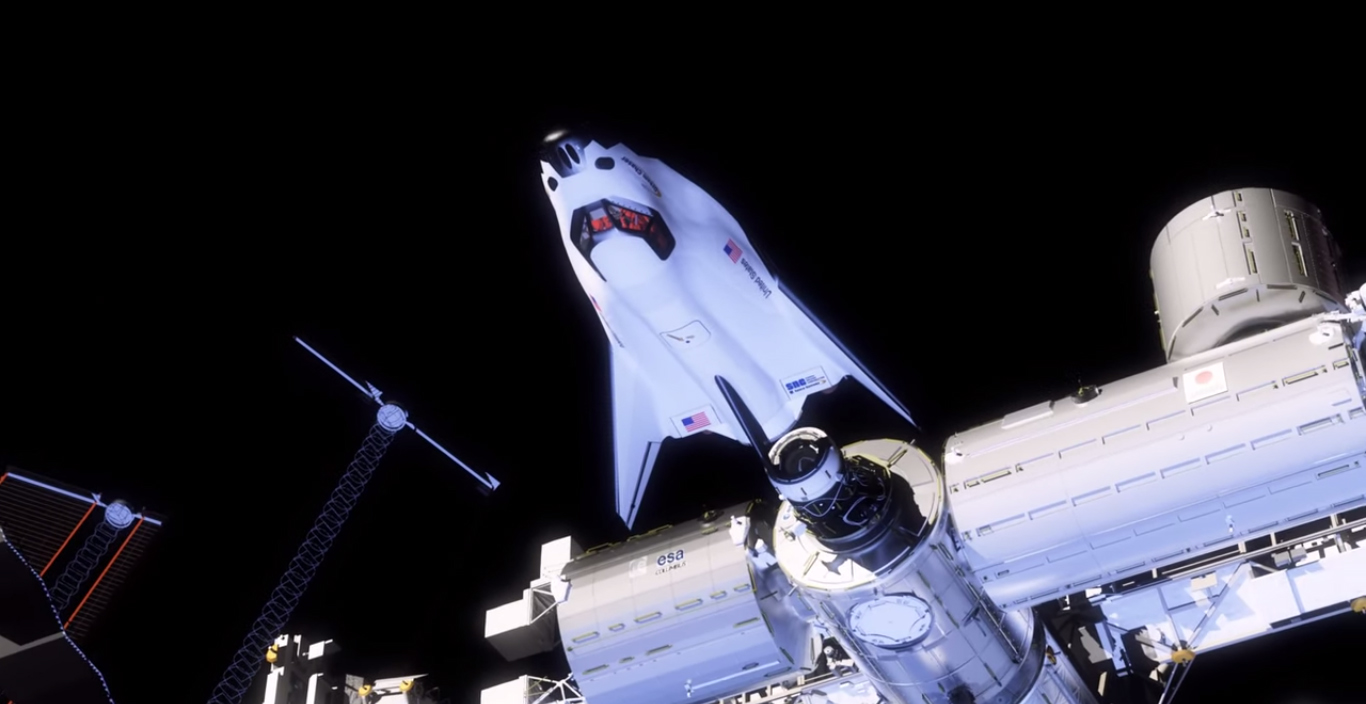
For complete details on the SNC Dream Chaser, be sure to read the entire interview series with Mark Sirangelo.
In Part 1 of this series, Sirangelo described SNC’s assembly and upcoming free-flight drop test program for the atmospheric test vehicle that will pave the path to the eventual Dream Chaser orbital vehicle, just as the Enterprise did for NASA’s shuttle orbiters in the 1970s.
Part 2 focused on how SNC is boldly pushing forward with the orbital vehicle build, even before the winners of NASA’s highly coveted and prestigious commercial crew vehicle contracts are announced by NASA.
Part 3 discussed the flight plans and crew for the first two missions in 2016 and 2017.
And in Part 5 we’ll learn even more.
Is Dream Chaser reusable? How flexible is it?
Any implications for flying autonomous?
What advantages does it offer compared to its other competitors, both of which are capsules (the Boeing CST-100 and SpaceX Dragon V2)?
Tune in soon for Part 5 of this exclusive one-on-one interview with SNC VP Mark Sirangelo.
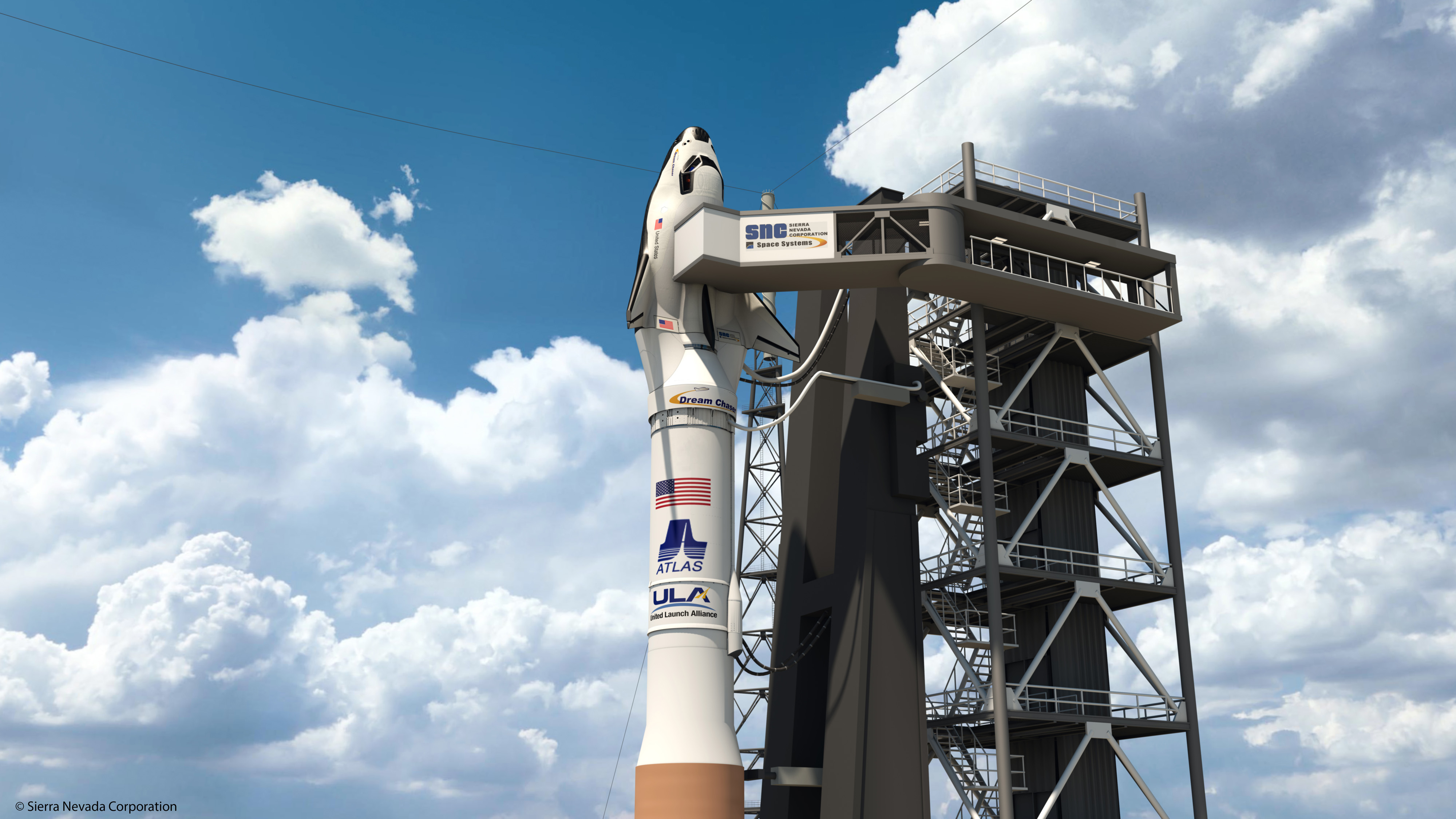
Global partnerships like the ISS and Dream Chaser are the perfect examples for how humanity can work together for the common good to expand our presence further into space and send humans to Mars.
Stay tuned for continuing developments.
Want to keep up-to-date with all things space? Be sure to “Like” AmericaSpace on Facebook and follow us on Twitter: @AmericaSpace
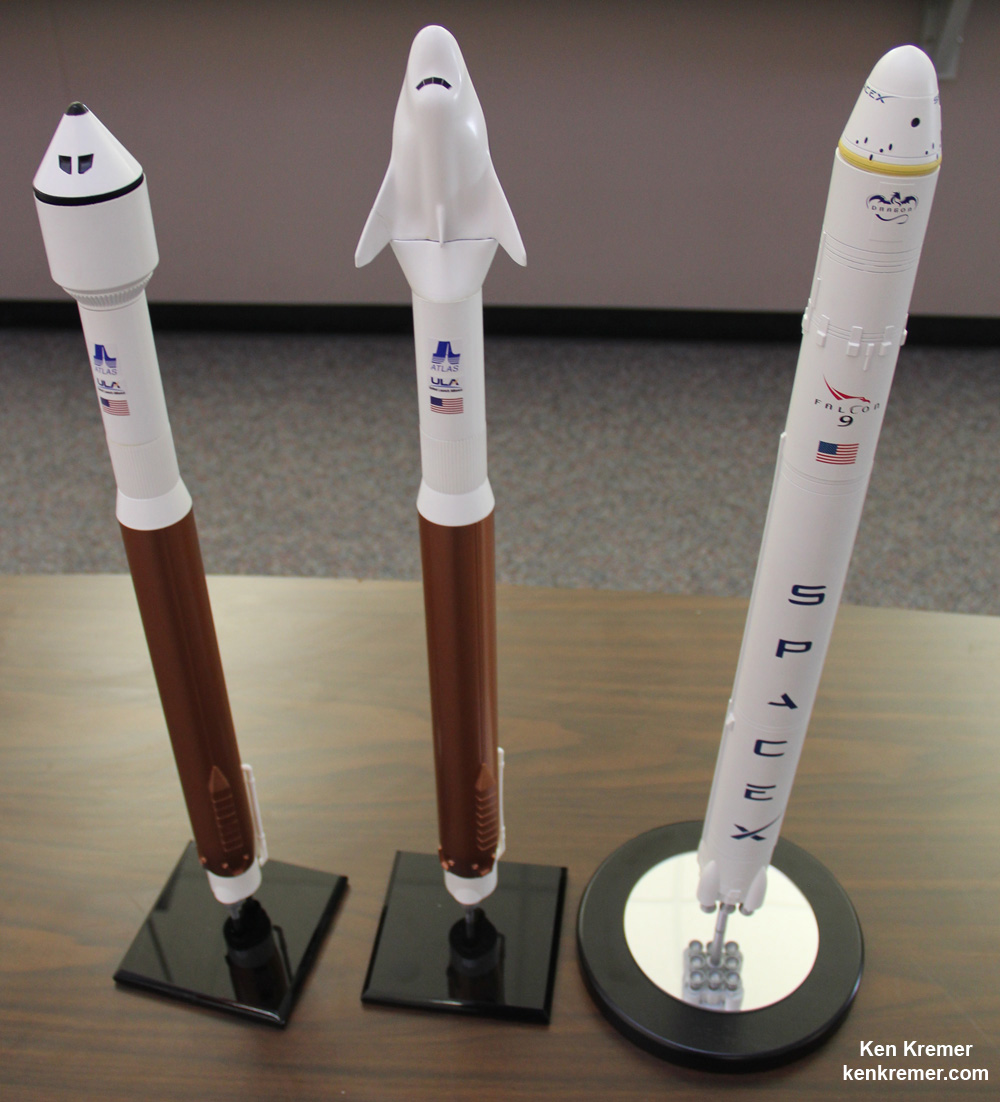




I hope this works out. I hope they even make a version that can be launched from SpaceX rockets. The success of this multinational partnership would be a great reminder of what can be accomplished when humans work together to their mutual benefit.
It seems obvious to me that if they down select to just one, this should b4e the one. I’m a big fan of SpaceX and a long relationship with Boeing.
SpaceX has been profitable for years now and will develop its capsule because they have plans for it outside NASA.
Boeing can afford its own capsule. If they choose not, they aren’t taking any capabilities away. Dragon and Dream Chaser have Boeing covered.
Imagine a fleet of vehicles in orbit servicing dozens of stations from various entities (public and private) in orbit.
In 2014 Europe has not a human rated rocket. I think that today is important for Europe to have a human rated rocket, not only for Dream Chaser, but also for a potential european-built human capsule. I hope.
You should have the person doing your coding learn the resize command so that images are shown in the proper size.